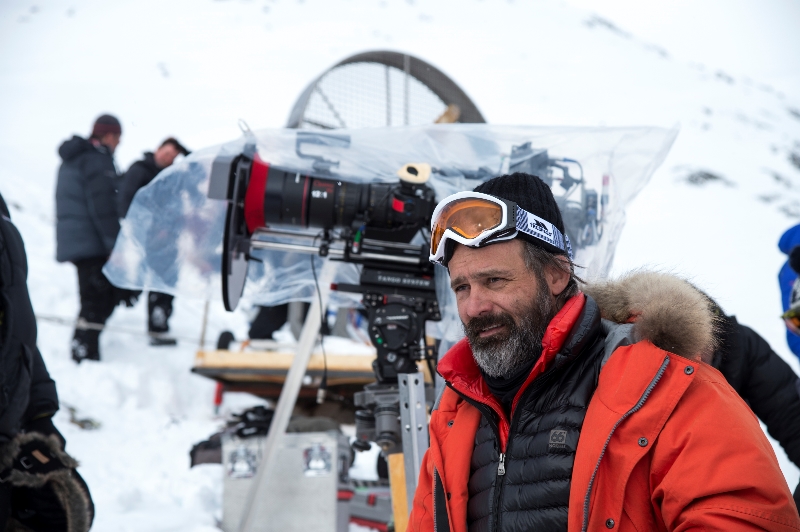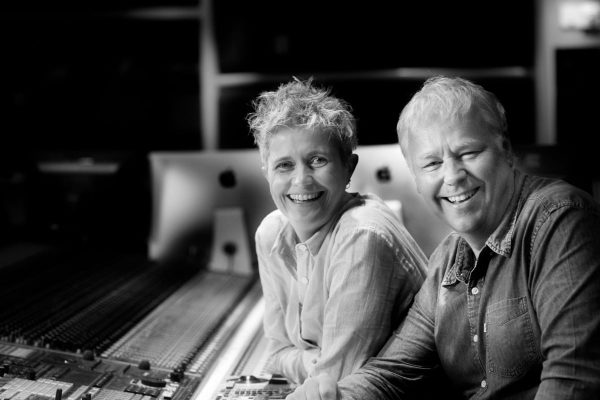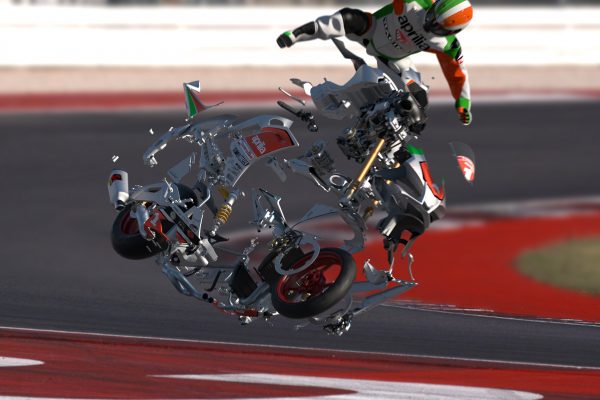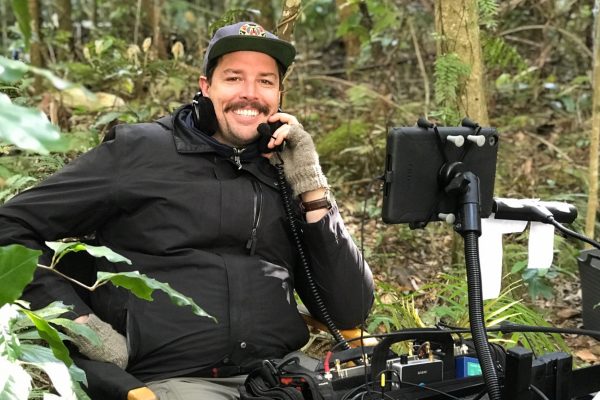This month saw the release of the big-budget Jake Gyllenhaal vehicle, Everest, directed by Baltasar Kormákur. The action feature is ‘inspired’ by a number of real events that occurred during expeditions on the world’s highest mountain.
Everest, the mounting itself is well known as a bucket-list destination, but does come with it’s own mortality rate of 1.4% and a mixed bag of peril that includes frostbite, altitude sickness, and the constant threat of avalanches. The most recent being the avalanche that occurred at Base Camp earlier this year on April 25th, which was triggered by a 7.8 magnitude earthquake. Eighteen people were killed that day, ten of which were Nepalese sherpas, and hundreds of climbers were trapped, requiring them to all be airlifted out by helicopter.
Despite these threats, there are between 600-800 attempts to reach the summit each season, with over 200 climbers on a busy day. Compare this to a decade earlier when the record for the most attempts in a single day was only 40. This increasing number of climbers has created long queues of people crossing expances and bottlenecking at difficult passes, not to mention the amount of trash left behind. The results of which is now a ban on inexperinced climbers, with the Nepalese government this week announcing new regulations to curb the flow of people.
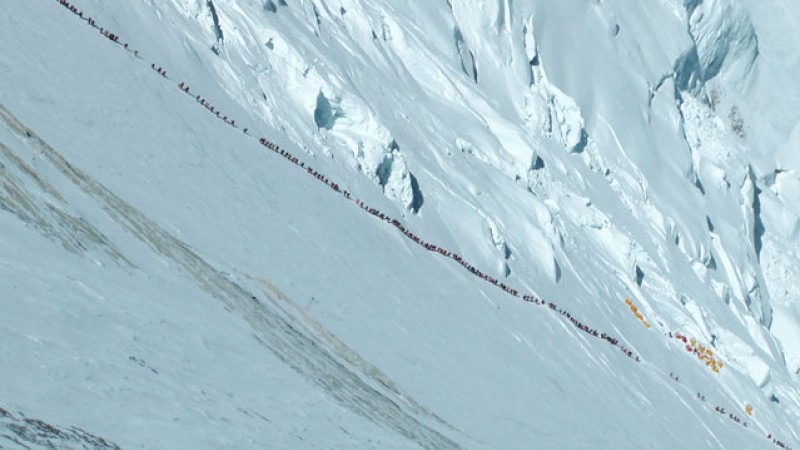
Long queue of climbers on Everets (imge: Ralf Dujmovits).
The film Everest documents the story of two different expeditions brought together by an intense snowstorm. Along with Gylenhaal, the ‘struggle for survival’ film stars Jason Clarke, Josh Brolin, John Hawkes, Robin Wright, Michael Kelly, Sam Worthington, Keira Knightley, and Emily Watson.
Director of Photography, Salvatore Totino told the Hollywood Reporter that, “It was a very difficult shoot, physically challenging, with weather you couldn’t control. You had to keep adapting,”
“We filmed in Kathmandu and then we went to Lukla — one of the 10 most deadly airports — where climbers fly to begin their trek to base camp. We filmed at Lukla and then at a suspension bridge, which was about an hour and a half trek from Namche Bazaar.”
“Then we filmed at Namche Bazaaar, at 1,200 feet, and at a temple in Tengboche. And then we helicoptered up to 1,500 feet, where the memorials are for climbers who have perished on the mountain.”
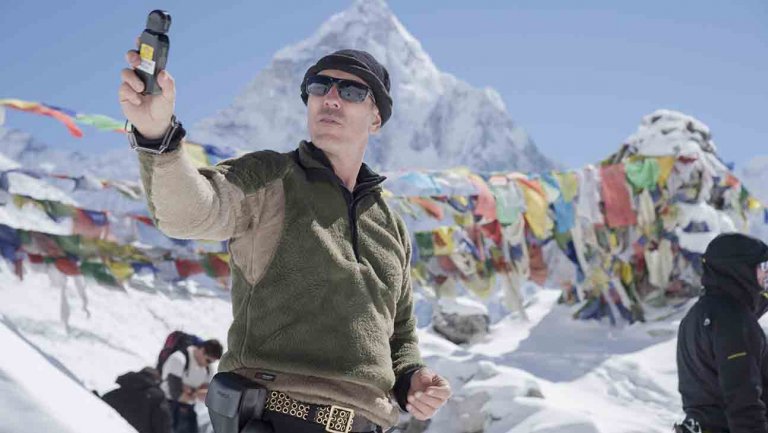
DP Salvatore Totino using a light meter on the set of ‘Everest’ (image: Universal Pictures)
“We needed to airlift equipment and people; we didn’t have a lot of time. We had a crew of 75 Sherpas — plus donkeys and yaks —carrying all of our equipment.
“We were brought to a certain point, and then we had to trek and carry equipment — a quarter-mile, a half-mile — to a location on the side of the mountain. And we had to be harnessed in because we were working on some steep slopes in 3 to 4 feet of snow. Underneath the snow was loose rock.
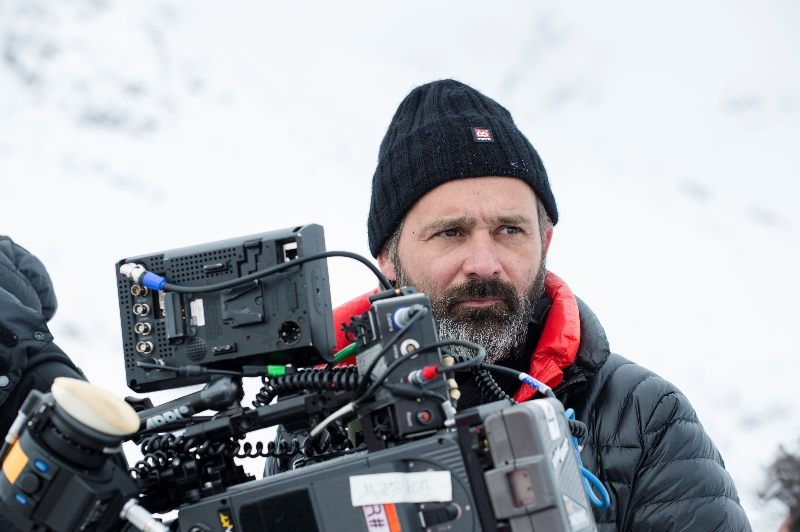
‘Everest’ director Baltasar Kormákur on set (image: Universal Pictures).
“There were times when you were moving from one area to another and you had to clip off one rope and clip on to another,” Totino continued.
“I could climb that cliff because there was a great shot there. I’d climb with the camera and get the shot. The actors did the same thing. That was hard, but it was fun.”
Watch the SoundWorks Collection’s sound profile on the film below, featuring interviews with Everest director Baltasar Kormákur, supervising sound editor/sound designer Glenn Freemantle, sound re-recording mixer and sound design editor Niv Adiri and sound re-recording mixer Ian Tapp.
Feature image: Everest director Baltasar Kormákur, on-set preparing a scene (image: Universal Pictures).

